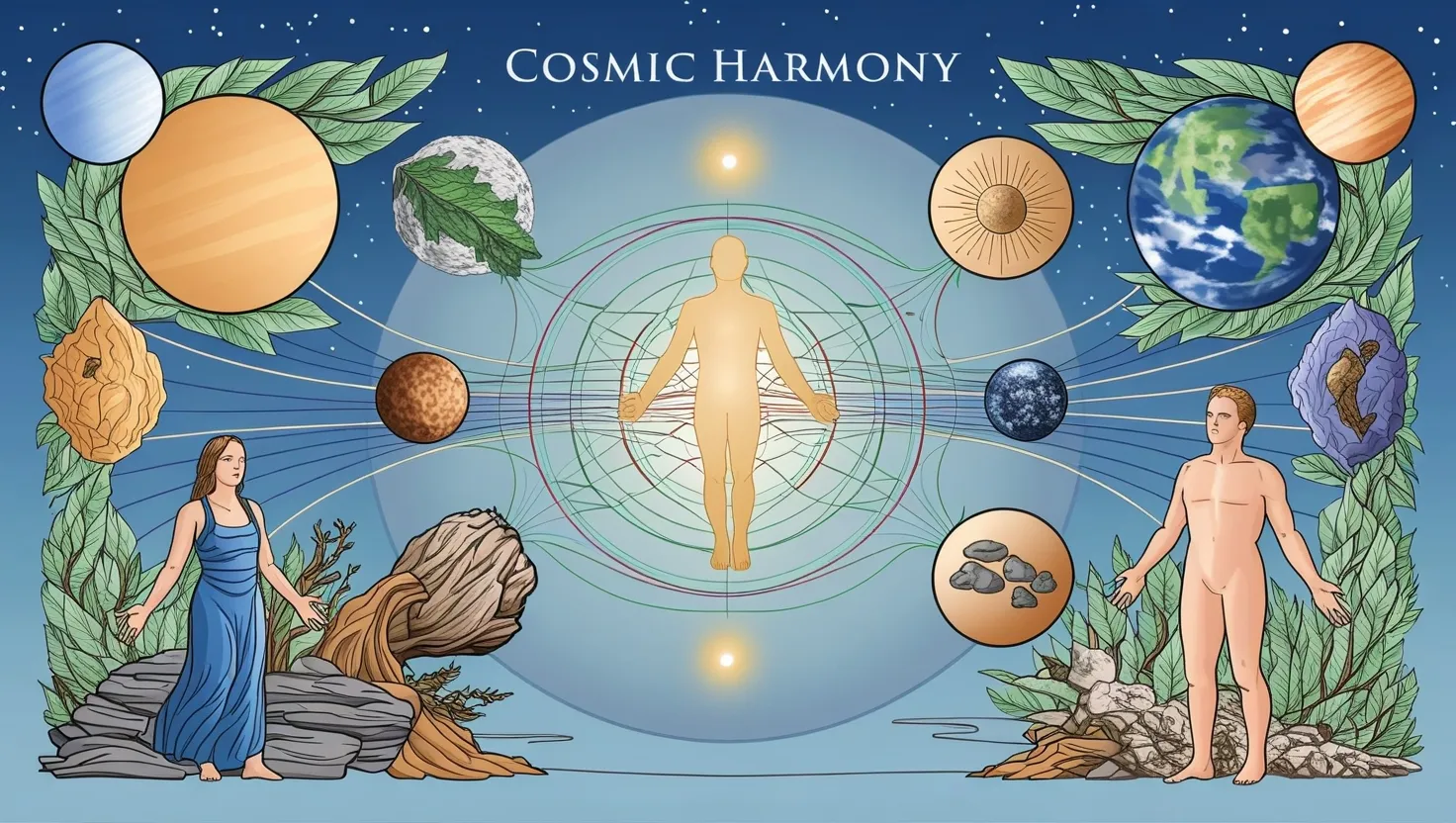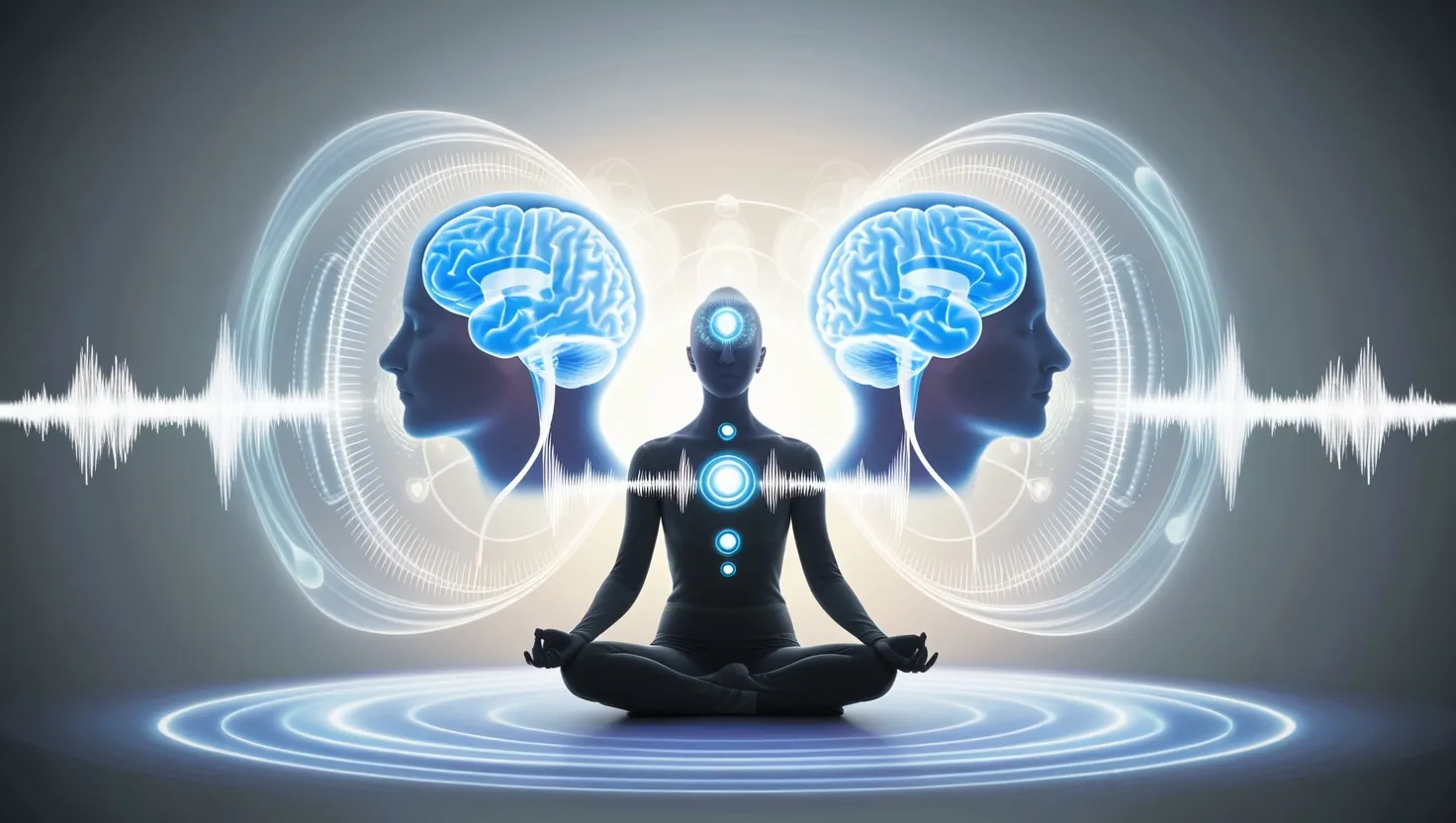In the sprawling and ancient landscape of Hindu scriptures, the Yajur Veda shines as a cornerstone. It’s packed with insights on spiritual and physical practices, including those that relate to yoga, breathing techniques, and meditation. Now, while the Yajur Veda itself isn’t a step-by-step guide to yoga, its influence can be seen in later texts that dive deep into these methods.
The Foundation of Yogic Practices
Yoga is more than just a workout or a way to relax; it’s a discipline aimed at uniting the individual consciousness with universal divine consciousness. This journey culminates in a state of super-consciousness known as Samadhi. You can trace the earliest mentions of yogic meditation back to the Rigveda, where wise sages practiced these techniques. While the Yajur Veda doesn’t directly dish out yoga tips, it sets the stage for the evolution of these practices by emphasizing mental and physical well-being.
Breathing Techniques: Pranayama
Breathing is a big deal in yoga, and pranayama is all about controlling your breath. This isn’t just about calming down but preparing the mind for deeper meditation. Pranayama involves various breathing exercises, such as inhaling, holding, and exhaling in specific patterns.
Take Ujjayi breathing, also known as the “Victorious Breath.” This technique involves inhaling through the nose and exhaling with a soft, audible sound. It’s a bit like making a gentle “ha” sound. This breath pattern is both energizing and calming, often used in flow yoga to keep the mind anchored.
For those who want to take it up a notch, advanced pranayama practices can involve holding the breath for extended periods, something known as kumbhaka. This can be done in different ways, like sahita kumbhaka, where you hold the breath after inhaling through one nostril and exhaling through the other. Regular practice of these breathing exercises is believed to cleanse the nadis (blood vessels), improve digestion, and enhance overall stamina and well-being.
Meditation and Concentration
Meditation is a cornerstone of yogic practice, often following pranayama to get the mind in the right space. The process involves several stages, starting with ethical conduct and self-observances. Then you move into stable seated postures (asanas) and control your breath. Once the breathing is under control, the next step is pratyahara, which means conquering the senses, followed by dharana, or concentration. Finally, you reach dhyana, or meditation, and ultimately samadhi, the state of meditative consciousness.
In meditation, the focus is often on a mantra or a specific sound. The Om mantra is a classic choice, considered sacred and believed to represent the ultimate truth. By repeating this mantra, the goal is to realize that the individual self (Atman) is actually the universal self (Brahman).
Physical Postures: Asanas
Asanas, or physical postures, are another integral part of yogic practice. These postures keep the spinal cord free and the center of gravity balanced, making meditation more comfortable and effective. For beginners, postures like Siddhasana, Padmasana, Simhasana, and Bhadrasana come highly recommended. These asanas help in the gradual inhalation, holding, and exhalation of the breath, which is crucial for pranayama.
Health Benefits
Yogic practices, including breathing and meditation, offer a ton of health benefits. Regular yoga practice can improve cardiorespiratory efficiency, boost physical fitness, and enhance muscular strength. Research has shown that yoga can reduce the sweating response to physical exertion, increase respiratory pressures and endurance, and improve overall physical performance.
Moreover, yoga can lower respiratory rates, increase forced vital capacity, and extend breath-holding times. These benefits are often attributed to the isometric contractions involved in yogic techniques, which strengthen the respiratory muscles. The overall outcome is better control over respiration, leading to improved health and well-being.
Dietary and Lifestyle Recommendations
To support yogic practices, there are certain dietary and lifestyle recommendations. For example, avoiding salt, mustard, and highly acidic, spicy, astringent, and pungent foods is advised. Instead, go for foods like milk, ghee (clarified butter), cooked wheat, green gram, and rice. Also, avoid fasting, early morning baths, sexual intercourse, and sitting near fire. These tips aim to maintain a balanced and healthy body, essential for effective yogic practice.
Conclusion
While the Yajur Veda doesn’t directly lay out yoga practices, it lays the groundwork for their development in later texts. The blend of breathing exercises, meditation, and physical postures creates a holistic approach to achieving both spiritual and physical well-being. By understanding and practicing these methods, you can unlock the profound benefits of yoga, from improved physical health to a deeper connection with your inner self. As yoga continues to evolve and spread globally, its roots in ancient scriptures like the Yajur Veda remain a testament to the enduring wisdom of these timeless practices.






